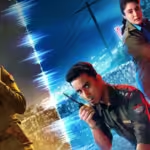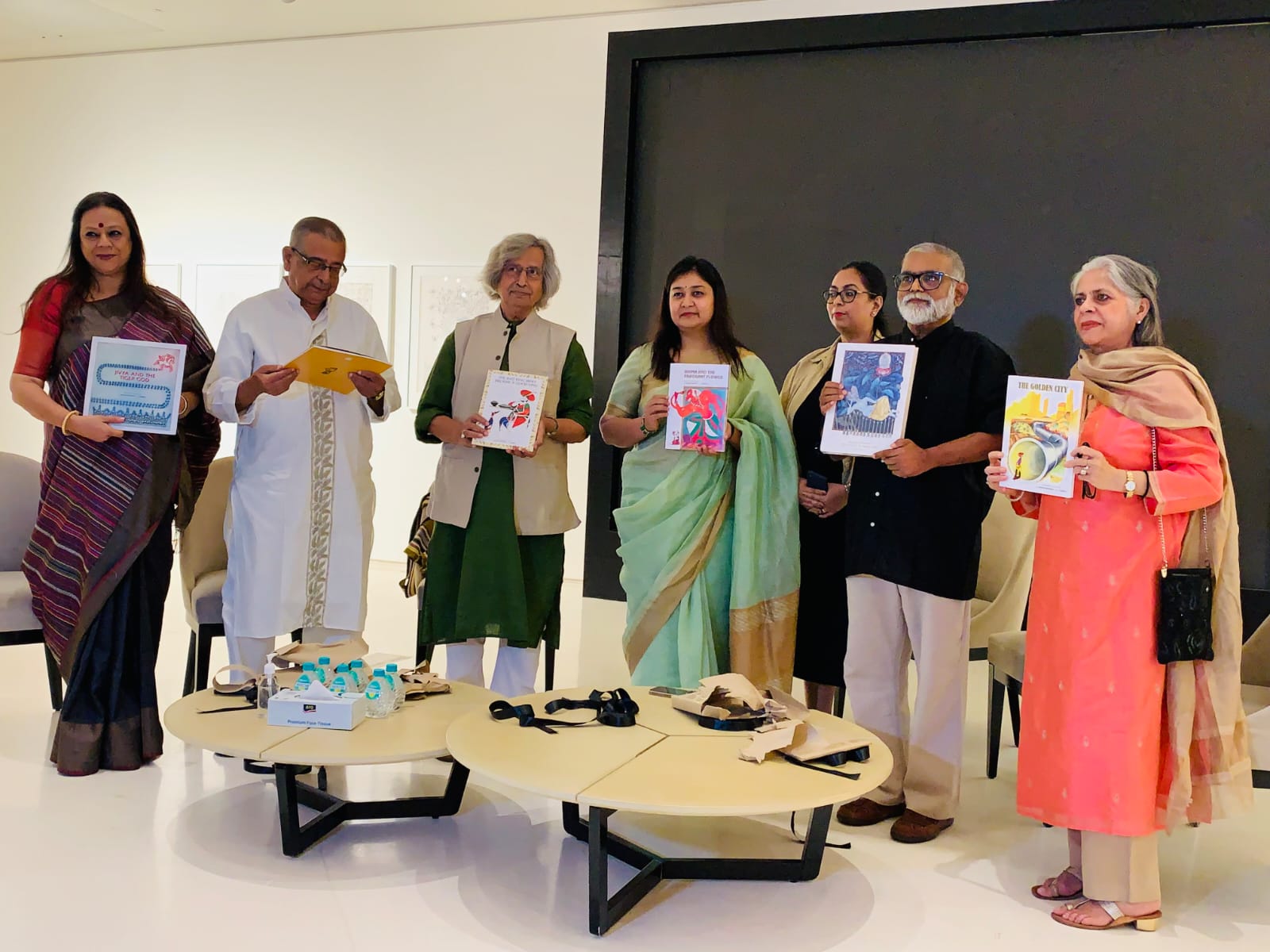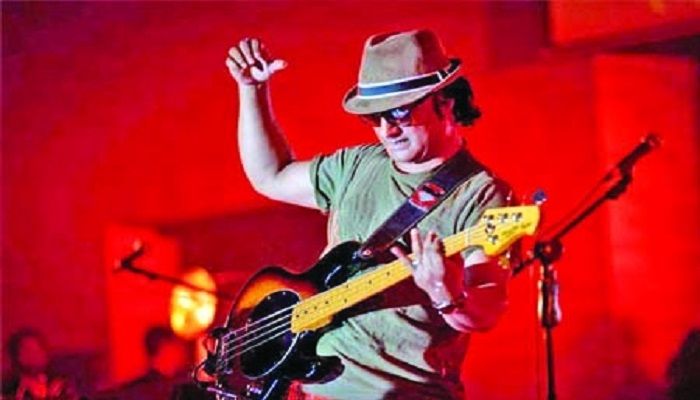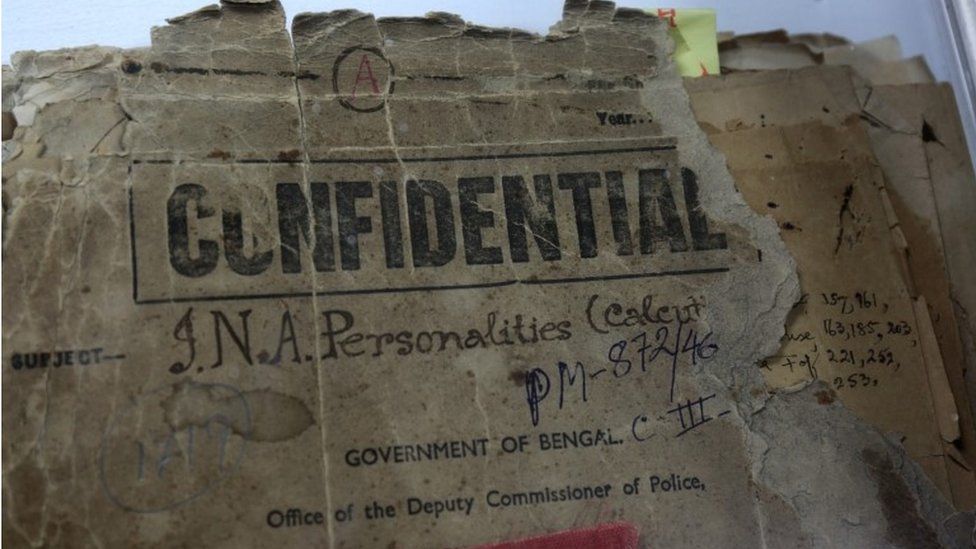Photo caption: Ms Ina Puri, Mr Pranab Ranjan Ray, Shri Jogen Chowdhury, Ms Richa Agarwal, CEO, Emami Art, Ms Ushmita Sahu, Director & Head Curator, Emami Art, Mr R Siva Kumar, Art Historian & Curator and Sonia Bellany, Executive Director, Vadehra Art Gallery at the book launch ceremony
Emami Art
In collaboration with Vadehra Art Gallery
presents
Songs of Reclamation: The Art of A. Ramachandran
Curated by R Siva Kumar

Kolkata 28th October 2022: Emami Art, one of India’s leading contemporary art galleries based in Kolkata in collaboration with Vadehra Art Gallery presents Songs of Reclamation: The Art by A. Ramachandran. Curated by R Siva Kumar, the exhibition features a significant body of the artist’s recent work in various mediums and scales. The show will open on 28th October 2022 and will be on view till 31st December 2022, on the Ground, First and Fifth floors of Emami Art.

A. Ramachandran belongs to the generation of Indian artists who began their careers in the 1960s and whose art was shaped by India’s post-independence experience. Ramachandran’s early work focused on the predicament of peripheral men trapped in a life of unfreedom, irrationality and suffering in a world that swore by freedom, rationality and progress. The idea of committed art and the modern world as a place of absurd cruelty and suffering shaped his art from the 1960s to the early 1980s. That made his art an act of emphatic protest articulated on a grand scale, akin to murals, and brought him closer to the Mexican artists—especially Orozco and Siqueiros—than to the Euro-American artistic vanguards.



In the mid-1980s, disenchanted with his endeavour to change hearts through art, Ramachandran decided to begin anew after an encounter with the landscape and life of rural communities around Udaipur. In the marginalized Bhils, who lived a communitarian life in harmony with nature, he saw more freedom and awareness of social ecology. In his recent art, he might appear to be turning away from modernism and making a romantic escape into the pre-modern past. But on closer look, it is not difficult to see that he is reminding us of nature and everything else that made life beautiful and meaningful before we instrumentalized nature and man. Besides reminding us of what has been lost in our pursuit of progress, he is also alerting us to the need for re-enchanting the world. Viewing them at a time when we are staring at the possibility of a sixth extinction, his works assume a special significance for us.


Although he is primarily a painter, Ramachandran is also interested in expressing his vision in as many mediums and ways as possible. It has made him a sculptor, a tireless and brilliant draftsman, and an enthusiastic designer, especially of books for children. This exhibition offers a glimpse into all that.

“It gives me immense pleasure that Emami Art is presenting a solo exhibition of A. Ramachandran in collaboration with Vadehra Art Gallery. Curated by R Siva Kumar, the eminent art historian, the exhibition is the largest recent show of the artist in Kolkata, the city with which he has a special connection. It will display myriad works, from his large-scale paintings of lotus pond to the original children book illustrations for which he is widely known, revealing different aspects of A. Ramachandran’s creative genius. I sincerely hope that this exhibition will give all the art lovers,an exciting experience” says Ms Richa Agarwal, CEO Emami Art .

“From a very early age, I was inspired by Nandalal Bose and Ramkinkar Baij. I was drawn to their uniqueness and like them I like to experiment with diverse mediums. I am not an artist who can work within the four walls of the studio. While I was in Shantiniketan, we would often be asked to visit Santhal villages and sketch. These experiences laid the foundation to my works and I realised how important it is for me to interact with nature and be inspired with its myriad shades. I work on children’s books, sculptures, oil paintings, watercolours, drawings, sketches and much more. I do not adhere to limitations, which is why I consider myself as a “Bohurupi” in Indian art” says eminent contemporary artist A. Ramachandran.
“Ramachandran is an artist who has an old connection with Kolkata. It is here that he found his first inspiration and subject matter as an artist. The exhibition of his work opening at the Emami Art Gallery on the 28th provides a rare opportunity for the city to know his work closely. With 240 works spread over 3 floors it covers all the major aspects of the artist’s practice” says Curator R Siva Kumar.
About A. Ramachandran:
A. Ramachandran was born in Attingal, Kerala, in 1935. Early in his life, he developed an interest in arts, including painting, music and literature. While pursuing an individual path in painting from the outset, he learned Carnatic music for ten years and established himself as a professional singer before he turned to painting. He did an M.A. in Malayalam Literature and came into close contact with the literary figures of the time, especially those associated with the Progressive Movement. In 1957, he went to Santiniketan to study art under Ramkinkar Baij, who he thought was an artist comparable to the writers he admired in Kerala. There he came into close contact with Benodebehari Mukherjee and Nandalal Bose, and his interactions with these teachers at Santiniketan left a lasting impression on his artistic career.

In 1964, he moved to Delhi after his works, shown in group shows, were received well there. The following year he joined Jamia Millia Islamia University as a lecturer in Art Education, which he and his colleagues developed into a full-fledged faculty of art. Over the years, along with his growing reputation as an artist, he was recognized as an important and inspiring teacher. With his distinctive monumental style and deeply humanist concerns, Ramachandran’s stature as an artist grew with each exhibition. Beginning with the Ten Indian Painters show at MIT and the New Jersey State Museum, USA, in 1966, his works began to be shown internationally. And with his third one-person show in 1967, he was established as one of the most original Indian artists of his generation.
During the seventies, Ramachandran developed into a very versatile artist, doing sculpture, prints, writing and illustrating very imaginatively for children, and even designing stamps besides painting tirelessly in the scale of both murals and miniatures. To his credit, he has many books for children, a score of essays on art and a well-researched book on the murals of Kerala. Fiercely independent in his
outlook and thinking, his work is distinctly original and has always stood out from the mainstream. One of its distinct features has been its gravitation towards non-European modernism. And beginning with Yayati, painted in 1984-86, this gave way to a more open engagement with Eastern art traditions and its visual languages. This shift has also been accompanied by a parallel change in thematic focus from human suffering to the beauty and pleasures of the world in his recent work.
A much-honoured artist, he received the National Award in 1969 and 1972, the Noma Concours for Picture Book Illustrations in 1978 and 1980, the Parishad Samman from the Sahitya Kala Parshad in 1991, the Gagan-Abani Puraskar from Visva Bharati University in 2000, the Manaviyam Award in 2001 and the Ravi Varma Puraskaram in 2003 from the Government of Kerala. He was appointed Professor Emeritus at Jamia Millia Islamia University in 2002, conferred with Padma Bhusan by the Government of India in 2005, and a Hon. D. Litt. Degree from the Mahatma Gandhi University, Kerala, in 2013.
In 2014, Ramachandran held a major exhibition covering fifty-six years of his drawings, sketches and studies, along with recent paintings and sculptures. Curated by Ranesh Ray, about two thousand drawings and sketches were displayed, covering the entire Rabindra Bhavana. On this occasion, a two-volume book, “A. Ramachandran: Life and Art in Lines”, edited by R. Siva Kumar with a special autobiographical essay by the artist, was released. In 2016, an exhibition of a set of twenty-one coloured drawings titled “Earthen Pot: Image Poems” was held at the Vadehra Art Gallery, New Delhi. In the same year, a Retrospective Exhibition of paintings, sculptures, watercolours, drawings and graphics covering the period from 1964 to 2016, curated by R. Siva Kumar, was held at the National Gallery of Modern Art, Bengaluru, in collaboration with the Vadehra Art Gallery.
In 2017, his large painting titled “Homage to the Setting Sun” was exhibited at The Cleveland Museum of Art, USA, in its Indian section, along with classical Indian sculptures. This special exhibition was on display for two years. In 2018 an exhibition of recent paintings & drawings titled “The Changing Moods of Lotus Pond and Insignificant Incarnations” was held at Shridharani Gallery, Triveni Kala Sangam, organized by the Vadehra Art Gallery. In 2018, the Madhya Pradesh Government awarded him with “The Kalidas Samman (2014)”.
In 2019, a selection from the artist’s fifty years of art practice by R. Siva Kumar was exhibited at The National Gallery of Modern Art, Mumbai, in collaboration with the Vadehra Art Gallery. In the same year, an exhibition of recent paintings, sculptures, watercolours and drawings titled “The Mahatma and the Lotus Pond”, curated by R. Siva Kumar, was held at the Darbar Hall, by the Kerala Lalithakala Akademi, Kochi, in collaboration with the Vadehra Art Gallery. In 2021, two exhibitions of Ramachandran’s drawings were held at the Vadehra Art Gallery. The first show in July, titled “A Lifetime of Lines”, showed a selection of drawings from his early years to the present day. The second exhibition, titled “Gandhi: Loneliness of the Great”, showed a set of his recent drawings on Gandhi.
In 2021, a major two-part exhibition of his recent oil paintings titled: “Subaltern Nayika and Lotus Pond” was held simultaneously at the Shridharani Gallery, Triveni Kala Sangam and the Vadehra Art Gallery.
About R. Siva Kumar:
R. Siva Kumar is an eminent art historian, curator and author of over eighteen books. His notable books include The Santiniketan Murals (1995) and Santiniketan: The Making of a Contextual Modernism (1997), A. Ramachandran: A Retrospective in two volumes (2004), Paintings of Abanindranath Tagore (2008), Rabindra Chitravali, a comprehensive four-volume compilation of Rabindranath Tagore’s paintings (2011) and Enchantment and Engagement: The Murals of K. G. Subramanyan (2015). He has also curated several seminal exhibitions, including Santiniketan: The Making a Contextual Modernism, K. G. Subramanyan: A Retrospective, Benodebehari: A Centenary Retrospective, The Last Harvest: Paintings of Rabindranath Tagore, which travelled to nine museums across the world and four museums in India, and four major exhibitions of A. Ramachandran, including two retrospectives.
He was awarded the Kesari Puraskaram by the Kerala Lalitakala Akademi in 2010, Manojmohan Basu Smarak Samman by the Paschimbanga Bangla Akademy in 2013, the title Rabindra-Tattwacharaya in 2015, the Life Time Achievement Award of the Paschim Banga Charukala Parishad in 2018, and the Zainul Sammanana by the Dakha University in 2021. After a forty-year teaching career, he has recently retired from Visva-Bharati and continues to live in Santiniketan.
About Emami Art:
Emami Art is a contemporary art gallery based in the green purpose built Kolkata Centre for Creativity building in Kolkata, India. Promoting emerging, mid-career and established artists and engaging with contemporary and historical material, the gallery produces exhibitions of modern, contemporary and cutting-edge art as well as commissioning artists to create site-specific pieces. The gallery programme includes a regular lineup of talks, seminars, panel discussions and conversations with artists, curators and key partners. The gallery delivers its commitment to providing a long term supportive environment for emerging talent through free access to mentorship programs, workshops, residency opportunities and innovative educational activities that facilitate artistic development. It also stages events across the cultural spectrum, such as concerts, performances, symposiums, publications, collaborative projects, film screenings, and learning orientated incubator programmes.












